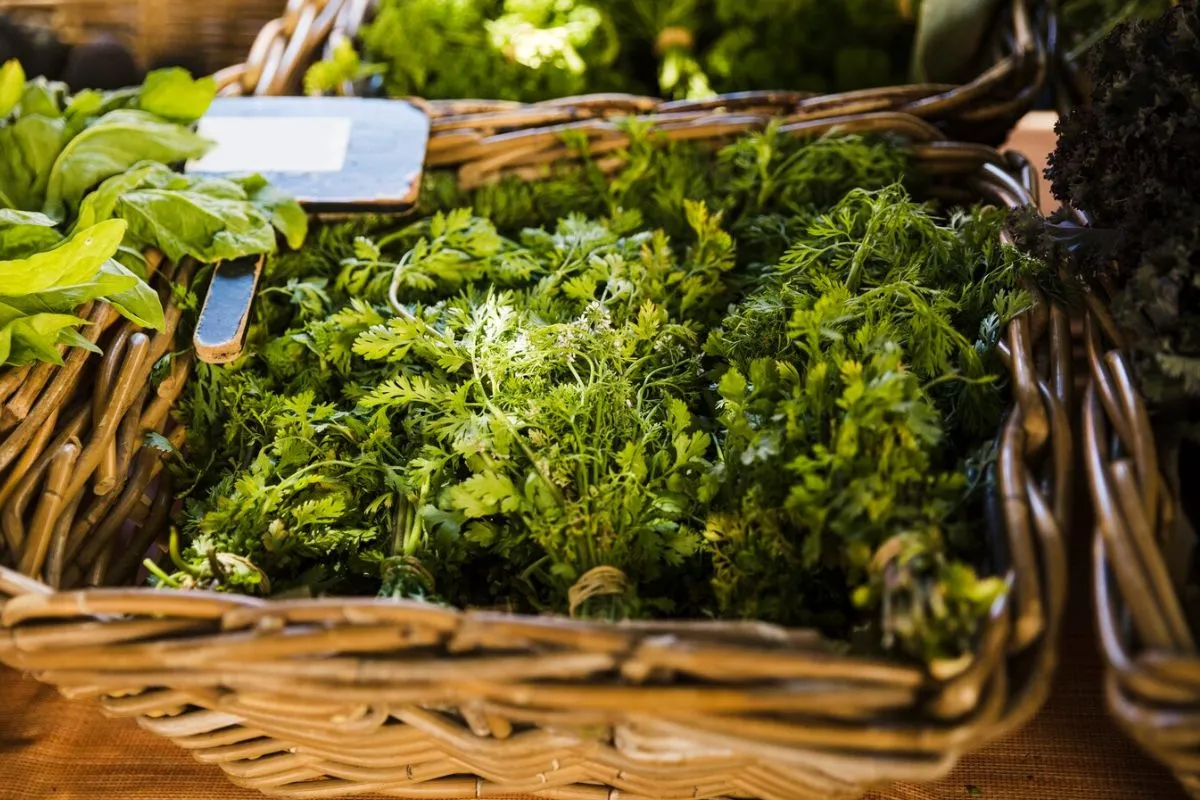Indoor Vertical Farming for Year-Round Harvests is revolutionizing the way we think about sustainable agriculture. This innovative method enables continuous crop production, providing a viable solution to traditional farming challenges.
The rise of Indoor Vertical Farming is a response to growing urbanization and the need for efficient food production. Through advanced techniques, we can cultivate crops in controlled environments.
Let’s dive into the methods and benefits of this transformative agricultural practice. It promises to reshape our food systems and urban landscapes.
Exploring Indoor Vertical Farming
Indoor Vertical Farming involves growing crops in vertically stacked layers. It combines different technologies to optimize growing conditions.
This method leverages Controlled Environment Agriculture (CEA) to regulate temperature, humidity, and light. It allows precise control over plant growth.
From hydroponics to aeroponics and aquaponics, various systems are used. They provide nutrient-rich solutions directly to plants’ roots.
Key Techniques in Vertical Farming
Several techniques are pivotal in making Indoor Vertical Farming efficient and productive. These include:
- Hydroponics: Growing plants in nutrient-rich water solutions without soil.
- Aeroponics: Using nutrient mist to nourish plant roots suspended in the air.
- Aquaponics: Combining fish farming and plant cultivation in a closed-loop system.
These techniques reduce water usage by up to 90%. They also minimize the need for pesticides and fertilizers.
This aligns with the principles of Sustainable Agriculture. It reduces harmful environmental impacts while encouraging healthy crop growth.
Benefits of Indoor Vertical Farming
The benefits of Indoor Vertical Farming for Year-Round Harvests are multifaceted. It presents both economic and ecological advantages.
Consistent Crop Production
Year-Round harvesting enables continuous food supply. This mitigates the risks tied to seasonal and climate variations.
It ensures that urban populations have steady access to fresh produce.
Such consistency is critical for enhancing food security globally.
Reduction in Water and Land Usage
Traditional farming methods require vast tracts of land and significant water resources. Vertical Farming Systems optimize space usage.
This method allows for the cultivation of multiple crop layers within the same footprint.
Additionally, these systems use advanced irrigation techniques. They significantly reduce water waste.
Boosting Urban Farming Initiatives
Urban Farming seeks to bring food production closer to urban centers. Indoor Vertical Farming plays a key role in this.
It can be implemented in warehouses, skyscrapers, or even in smaller, community-based setups.
By integrating agriculture into urban infrastructure, it reduces the carbon footprint associated with food transport.
Technological Innovations
Advancements in technology are essential for Vertical Farming Systems. Innovations in automation and AI play a significant role.
Automated systems manage lighting, irrigation, and climate control. This precision boosts productivity and reduces human error.
AI and IoT (Internet of Things) technologies offer remote monitoring and data analytics. They optimize growing conditions in real-time.
The Role of LED Grow Lights
LED grow lights mimic natural sunlight, offering consistent illumination. They can be adjusted to match plants’ growth stages.
This tailored lighting ensures optimal photosynthesis. It accelerates plant growth and enhances yield quality.
Compared to traditional lighting, LEDs are more energy-efficient. They lower operational costs while maximizing output.
Hydroponic Systems and Sensors
Hydroponic systems are integral to Indoor Vertical Farming. They provide precise nutrient delivery and water management.
Sensors monitor nutrient levels, water quality, and pH balance. This data-driven approach ensures healthy plant growth.
Such systems minimize resource use and are scalable. This makes them suitable for various farming models.
Challenges and Considerations
While Indoor Vertical Farming for Year-Round Harvests offers numerous benefits, it has its challenges.
Initial Investment and Operating Costs
Setting up vertical farms can be costly. Advanced systems and technology require significant initial investment.
Operating costs can also be high. Energy consumption, primarily for lighting and climate control, adds to expenses.
However, as technology advances, costs are expected to decrease. Economies of scale could further lower prices over time.
Skilled Labor and Management
Managing vertical farms requires skilled labor. Knowledge in hydroponics, automation, and data analytics is crucial.
Training and education programs are essential. They help foster a skilled workforce capable of handling these advanced systems.
Proper management ensures that farms are operated efficiently. This maximizes productivity and profitability.
The Future of Sustainable Food Production
Indoor Vertical Farming is poised to transform Sustainable Food Production. It aligns with global efforts to combat food insecurity and environmental degradation.
As urban populations grow, integrating agriculture into cityscapes will become vital. Vertical Farming Systems offer a sustainable solution.
Future advancements in technology and scalability will make this method even more viable. It promises a greener, more resilient food system.
Adoption and Policy Support
Increasing governments are recognizing the potential of Indoor Vertical Farming. Policies supporting urban agriculture are being implemented.
Incentives for sustainable farming practices can accelerate adoption. This includes funding for research and development.
Partnerships between public and private sectors are crucial. They can foster innovation and drive large-scale deployments.
Community Involvement and Education
Engaging communities in Urban Farming initiatives fosters local involvement. Education programs raise awareness about the benefits of vertical farming.
Community farms can also serve as educational hubs. They provide hands-on learning experiences in sustainable agriculture.
Such initiatives build stronger, more resilient communities. They promote healthier lifestyles and environmental stewardship.
Navigating the Future of Farming
In conclusion, Indoor Vertical Farming for Year-Round Harvests is an innovative approach. It addresses critical issues in food production.
With its multiple benefits and growing support, it is set to redefine farming. Future advancements will make it more accessible and efficient.
Are you ready to explore the world of vertical farming? Stay informed and engage with local initiatives to be part of this agricultural revolution.
Frequently Asked Questions
What is Indoor Vertical Farming?
Indoor Vertical Farming involves growing crops in vertically stacked layers within controlled environments. It uses advanced technologies to optimize conditions.
How does indoor vertical farming ensure year-round harvests?
By controlling the environment, vertical farms can produce crops continuously. This avoids seasonal and climate dependency.
What are the main techniques used in vertical farming?
Key techniques include hydroponics, aeroponics, and aquaponics. Each method provides nutrients to plants without traditional soil use.
What are the benefits of Indoor Vertical Farming?
Benefits include consistent crop production, reduced water and land use, and support for urban farming. It also lowers the carbon footprint.
Is vertical farming sustainable?
Yes, it promotes sustainable agriculture by using fewer resources and reducing environmental impacts. It integrates well with urban infrastructure.



